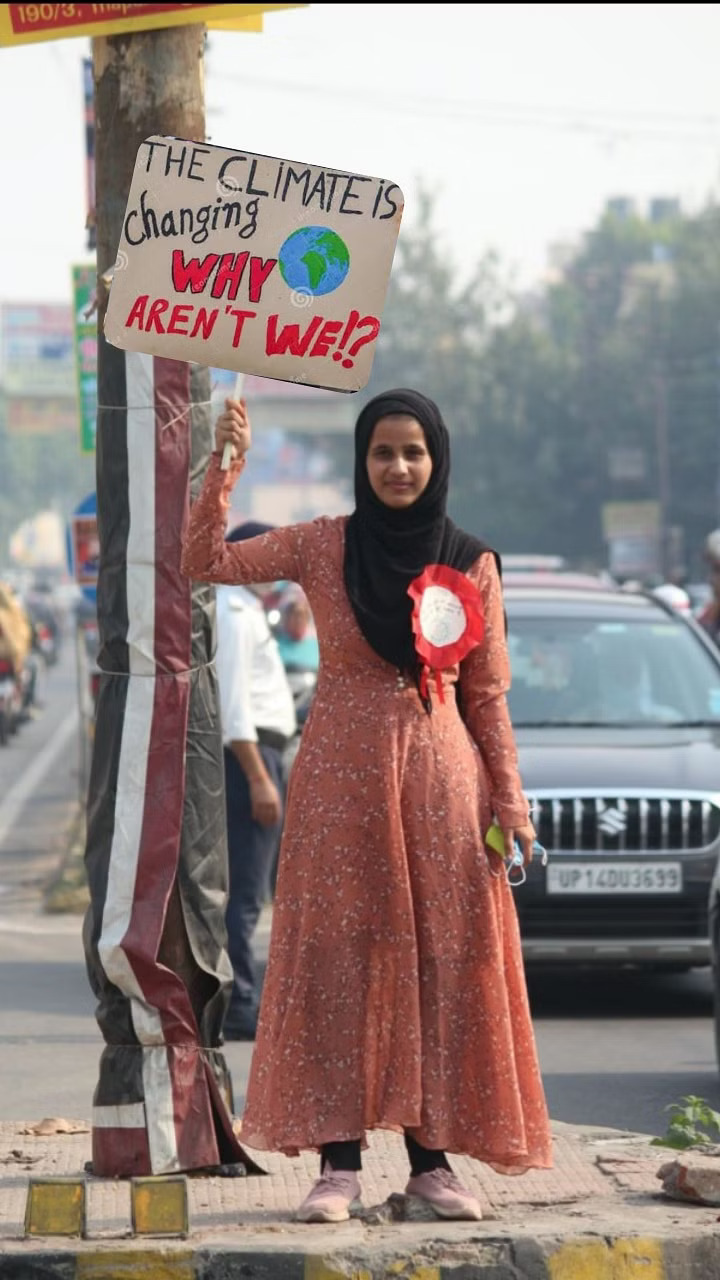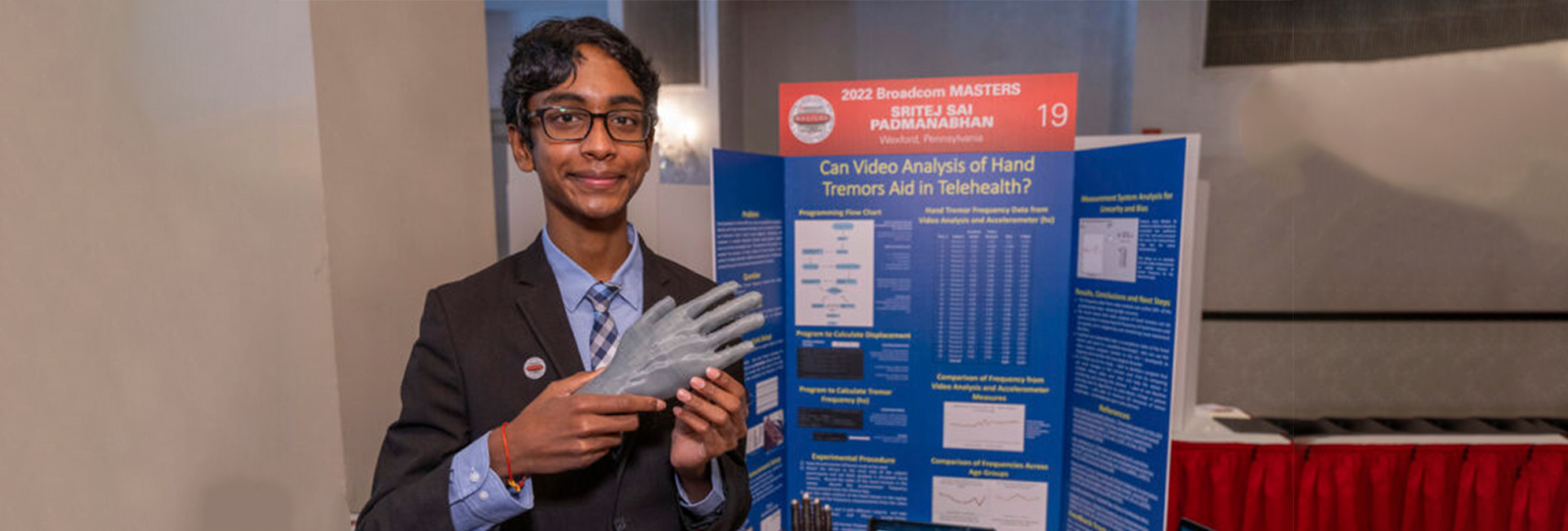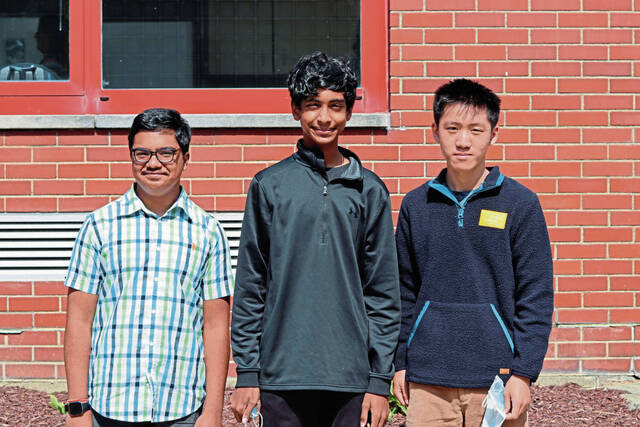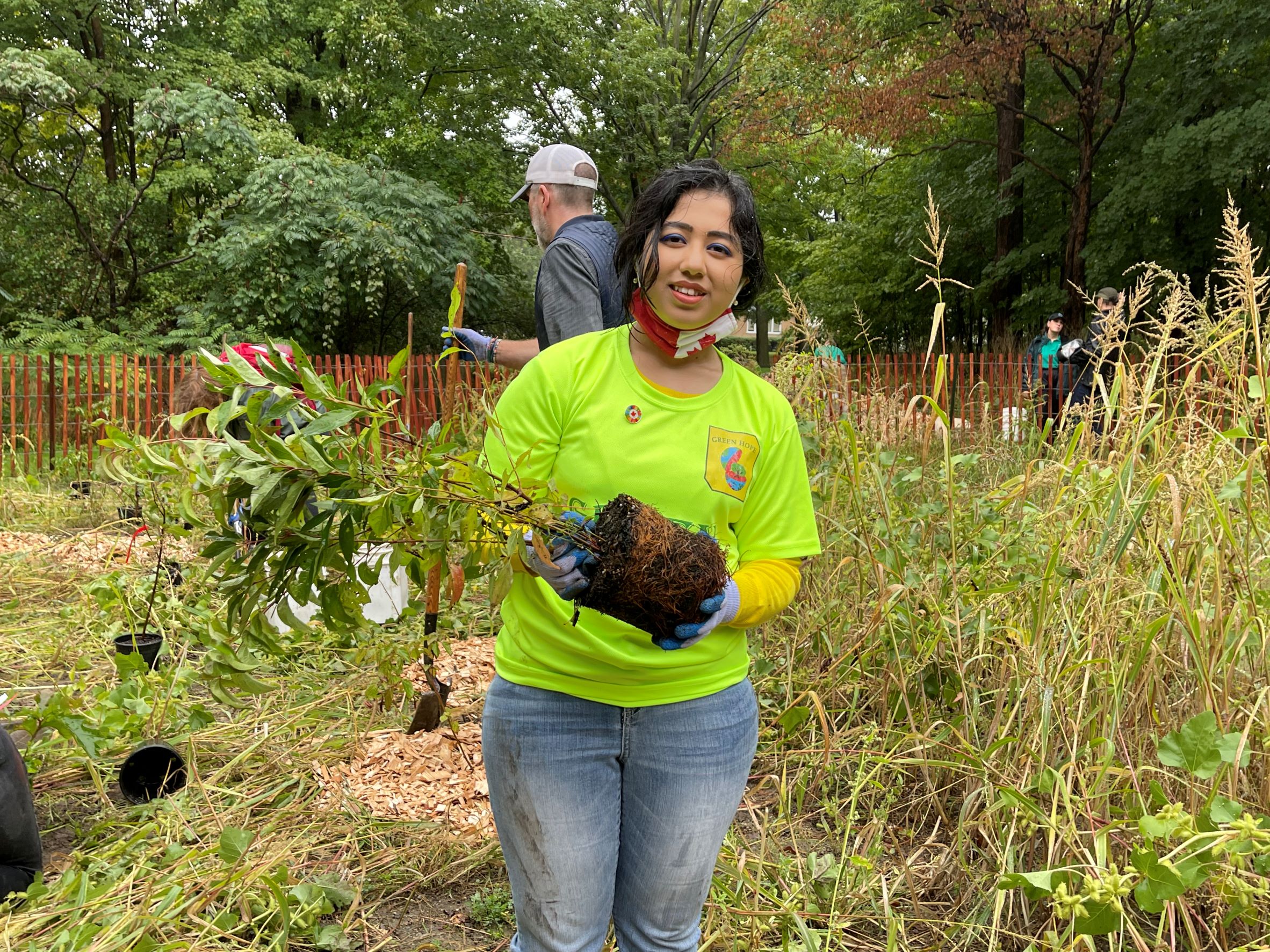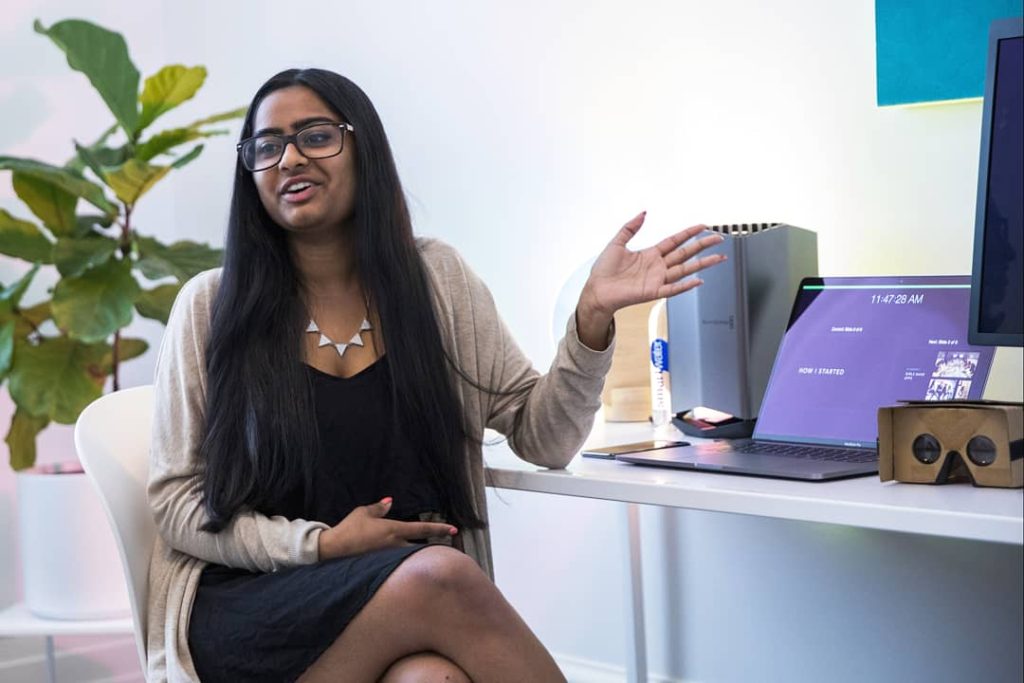(September 19, 2024) In March 2020, two young women launched a podcast, sitting in their bedrooms and broadcasting from their laptops. They had a modest audience of around a thousand listeners at the time, all they wanted to do was make finance more approachable to first-time investors. Simran is a TEDx speaker and her podcast, Girls That Invest has over one million downloads to date. The two friends, Simran Kaur and Sonya Gupthan, were over the moon. “We’re from New Zealand. It’s a small island. Things like that don’t really happen around here,” Simran told Vogue. In 2022, they also published their book, Girls That Invest: Your Guide to Financial Independence through Shares and Stocks, which is available on Amazon. Why teach women to invest? To give them the independence so many of them sorely lack, they say. ”
The Global Indians both grew up in Auckland, and first met when Simran, then five years old, stole some stickers from Sonya, also five. That was the start of a lifelong friendship and, although they didn’t know it yet, a thriving business. Both had comfortable lives, attending good public schools. Simran recalls, however, the family’s Sunday rip to the temple, which was in a less affluent part of town. “Very quickly, I learnt my temple friends didn’t have the same privileges and experiences that my school friends did, and the reason was money. Money is such a huge part of our lives, it affects how we interact, it affects our ability to receive access to care,” Simran said. Sonya, like her friend, had a good life and didn’t really think of personal finance until she turned 18, which she admits is “a huge privilege in itself.” On her 18th birthday, her brother gave her a copy of Rich Dad Poor Dad, which stoked her interest.
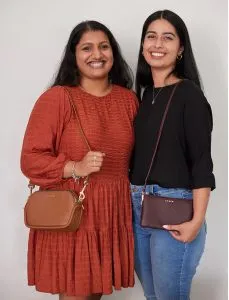
Girls That Invest
As Simran began learning about investing, the early experience was quite formidable. Full of complex jargon, the subject seemed unapproachable. Still, she was just about to begin her career and wanted to know how to manage her money. She did a certificate course in investing and was pleasantly surprised to find that it wasn’t so difficult after all. Not long after, the two girls sat together in Simran’s bedroom at her university, and had their first heart-to-heart about money. That’s where this story begins, really. They chatted for hours, discussing what they earn, save and invest. “There was such fire in that conversation, we thought that we should share this information as a podcast to encourage friends and family to invest too.”
The idea for a podcast had already been on Simran’s mind. “Right after the conversation, we made tea and Sim talked about her vision for Girls That Invest and starting a podcast – it didn’t take much convincing for me to jump on board,” said Sonya. With these modest intentions, the two friends decided to start a podcast. The pandemic provided them with an opportunity – as stocks spiralled, Simran knew it was a good time to invest. That’s how Girls That Invest began, as a friendly banter between two childhood friends sitting in a bedroom and broadcasting from a laptop. “It was truly a grassroots mission, we learned everything about ourselves through editing, recording, software all through our saviour Google while trying to balance full-time jobs,” Sonya recalls. Two years down the line, Girls That Invest has nearly 2,00,000 monthly downloads and a big social media fan base.
Changing a mindset
“Only the rich can invest’. ‘That’s too complicated’. ‘I’ll invest after I buy a house and a car’. ‘It’s boring’. The idea of investing is full of misconceptions, although there is a wealth of apps and businesses that help with it, the sheer volume of information is daunting too. Interestingly, Simran and Sonya observed, in their own words, that “most money-media is usually about men. For women, it’s about how to save $10 on your grocery bill.”
They made it their mission to remove jargon and deliver advice that be understood and followed. Sonya admits that it was a barrier she faced too. “One of the most important t hings to know is to figure out what type of learner you are. This allows you to understand how you can digest and retain information best,” Sonya says.
Girls That Invest is also a book now, and was the number 1 business book on WH Smith. The entrepreneurs have also relaunched their masterclass. They gave their first TEDx talk in the US and are nearing the quarter-million follower count on Instagram.
View this post on Instagram
Aim for freedom
The aim of being savvy with money, the two entrepreneurs say, is freedom. “Money is not about cars or fancy things for me, it’s the ability to live life the way I want to. It means choosing when I work, where I work, how I live my life, who I surround myself with, how much time I spend with my loved ones and what values I live by daily,” says Simran.
- Follow Girls That Invest on Instagram.



